
views
Forming the Group

Select group members. The ideal study group should have around 3-4 members, but no more than 5. Take some time to work out whom you would like to include. Think about your friends' personalities. (For example, your distracting, rebellious friend who hates homework might not be the best candidate.) EXPERT TIP Bryce Warwick, JD Bryce Warwick, JD Test Prep Tutor, Warwick Strategies Bryce Warwick is currently the President of Warwick Strategies, an organization based in the San Francisco Bay Area offering premium, personalized private tutoring for the GMAT, LSAT and GRE. Bryce has a JD from the George Washington University Law School. Bryce Warwick, JD Bryce Warwick, JD Test Prep Tutor, Warwick Strategies Add group members that complement your skills. If you're better at math than reading and your friend is the opposite, they are usually a good addition to a study group. You can help each other learn the material you don't understand.
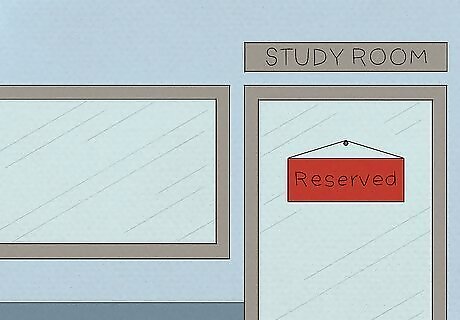
Choose a location. Some good choices include a local library, a coffee shop, or at someone’s home. A home is probably the easiest place to get distracted and stray from your work, but a library requires you to be somewhat quiet. If you go to a coffee shop, you may end up spending some money. Think about what resources (like internet or access to art supplies) you need and which place can best accommodate you. Many libraries have study rooms that allow talking and large groups. These rooms usually require a reservation, so check with your library beforehand.

Set a time. Set up a regular session at a time that works for everyone. You can use an online platform like GatherGrid or Doodle to compare everyone’s schedules and find a time that works best. You may want to consider meeting more than once. If possible, plan to meet at least once a week.

Make a commitment. If you want your study group to be effective, it is important for all of the members to make a commitment to the group. This means showing up on time, ready to work; as well as completing any prep work necessary before the meeting time. If all of your friends are on the same page, your group will do a great job studying together.

Choose a group leader. It is a really good idea to select one group leader or facilitator. This could be one specific person, or group members can take turns. This person is in charge of keeping everyone on track, so that you don’t waste valuable time. Additionally, this person could send out an email or text reminding everyone about the approaching session.
Creating a Structure
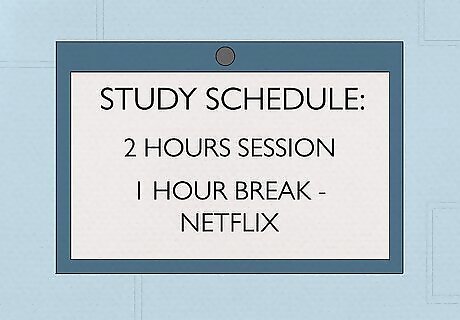
Decide how long your session will be. In addition to setting a regular time that you will meet with your group, you can begin to structure your study sessions by imposing a time limit. Setting a time limit will help you stay on task. A good mark to shoot for is two hours, and any more than four hours is too long. For example, you could plan to work for 2 hours and then take a 1 hour break to watch something on Netflix or to play a video game.
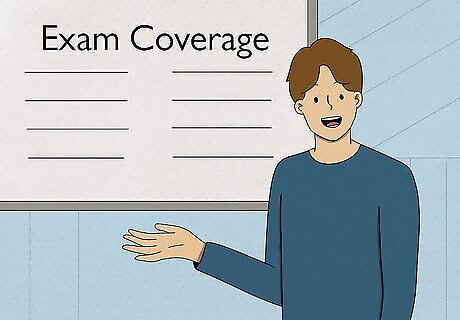
Set a goal. The best way to make your study sessions productive is to determine what you’d like to get out of the experience. Determining the overarching goal of your group will keep everyone on the same page, and help you set smaller goals to meet during your session. Are you preparing for a particular exam, or trying to work through the basic concepts of a course? Do you want to use this group to outline each chapter, or are you trying to complete a specific group project?

Start with a review. Depending on the length of your session, you could begin by spending about half an hour reviewing what you learned that week. Rather than wondering where to begin, this provides a really good place to start, and helps to clarify what direction the session should go. Furthermore, this gives everybody a chance to ask questions and get some clarity on anything they didn’t understand.

Plan for breaks. You can study more effectively if you know you will get to take a break, so it is a good idea to factor some breaks into your study session. After all, what is the fun of studying with friends if you never get to chat or gossip? Set a timer for 50 minutes and study without breaking your focus until the timer goes off. Then reset the timer for 10 minutes, during which members can talk, grab a snack, or use the restroom.

Summarize at the end. It is a good idea to use the last 10 minutes to do a quick review of the session itself. If you plan to study together again, this can also be a good time to think about what you’d like to cover during the next session.
Experimenting with Study Strategies
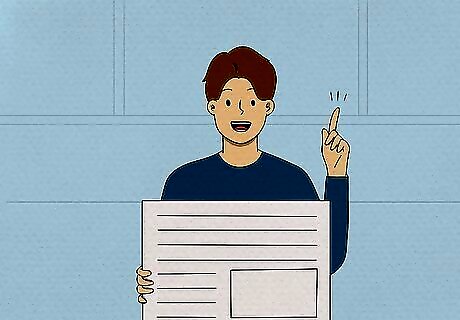
Teach one another. One of the most effective and rewarding ways to learn is actually to teach other people. In a study group, you can use this to benefit everyone! Try assigning chapters to each members and take turns teaching each other. This greatly benefits both the individual “teacher” as well as the whole group.

Take quizzes. Another great aspect of working with a group is the ability to quiz one another. This can be done a couple of ways. First, you can simply ask each other questions out loud, orally quizzing one another. Or, different members can create quizzes for different sections and give them to the other members to take (once again, involving “teaching” as a part of learning.) Look into testing resources like Kahoot! and Quizlet. These can help to provide you with incentives and make learning more fun.
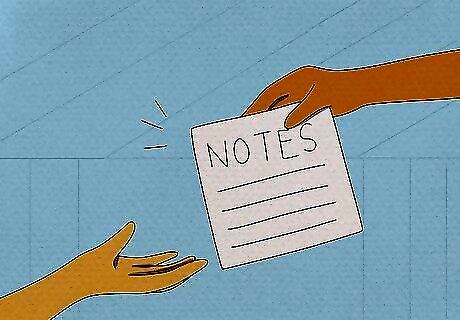
Rotate notes. Three or four heads are better than one! Try rotating the notes that you each took in class. Each person likely emphasized a different concept, grasped an element of the lesson a little better, or gained a little insight that the other members of the group did not. When you put all of that together, you’ll walk away with a much stronger understanding of the material.

Answer each other’s questions. There will always be elements of course that you don’t quite understand. Try answering each other’s questions. First, identifying what you don’t understand and putting that into a question for your group is an excellent exercise. But further, attempting to answer each other’s questions as a group is great for the individual as well as the collective.
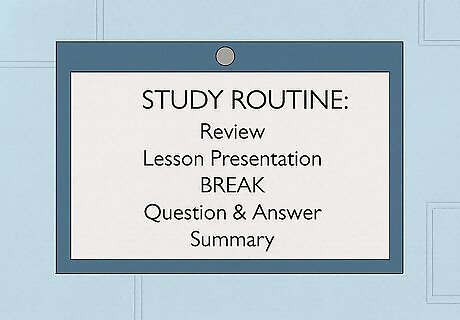
Create a routine. Humans are creatures of habit. If you can establish some kind of routine within your study session you are likely to be more productive. It may take a little time, as you may have to try out different methods with your group to see what works for you. Here is one example: Try starting off with a review of what you learned that week, and what you’d like to accomplish during this session. Then, one group member should present a chapter (or lesson) they prepared. After this, take a break. You could all bring a snack to share. Then, shift into “question and answer,” where you each present your questions to the group. Finally, wrap up by summarizing what you’ve covered that day. (If you will be meeting again, you can use this time to assign duties and assignments for next time.)
















Comments
0 comment